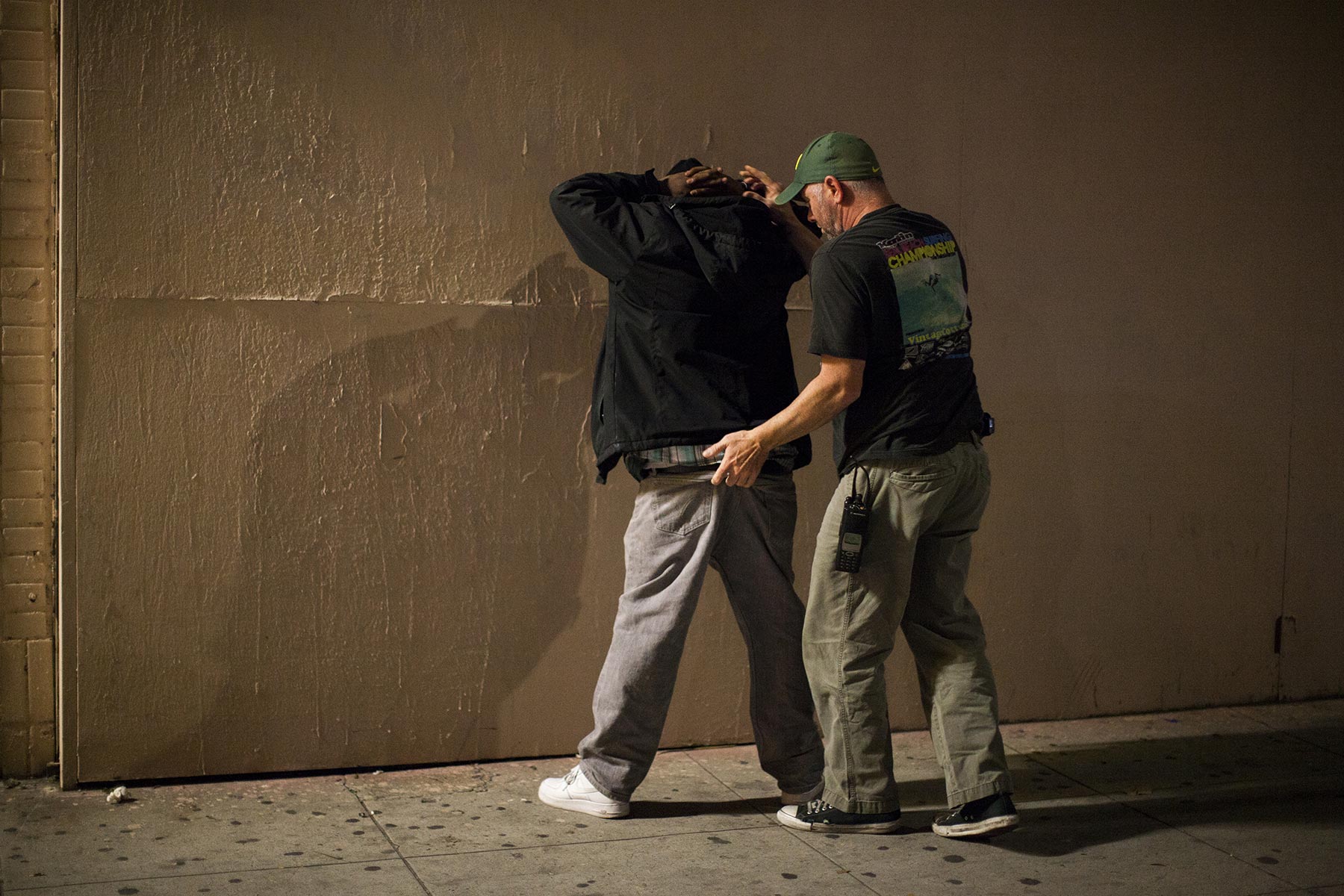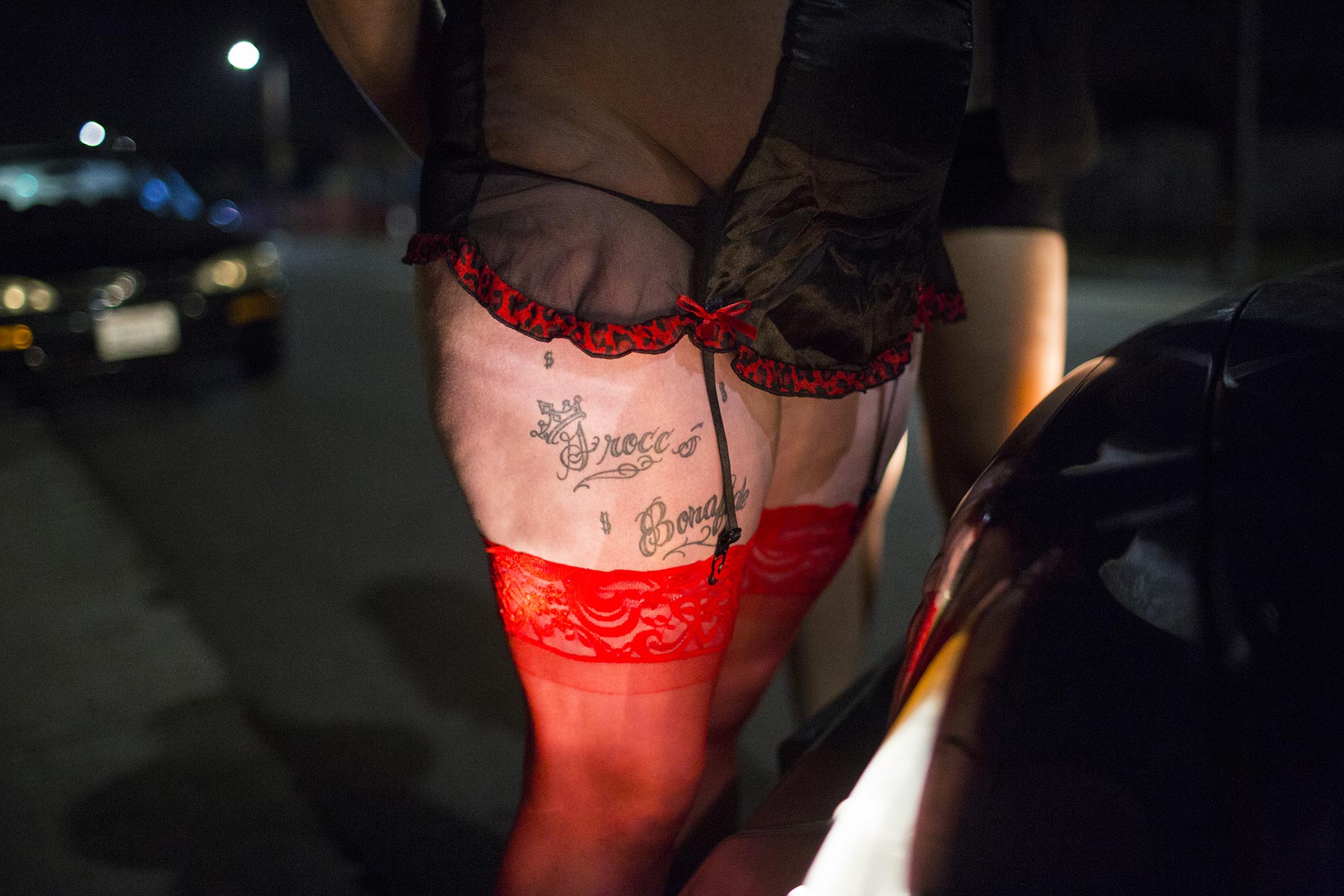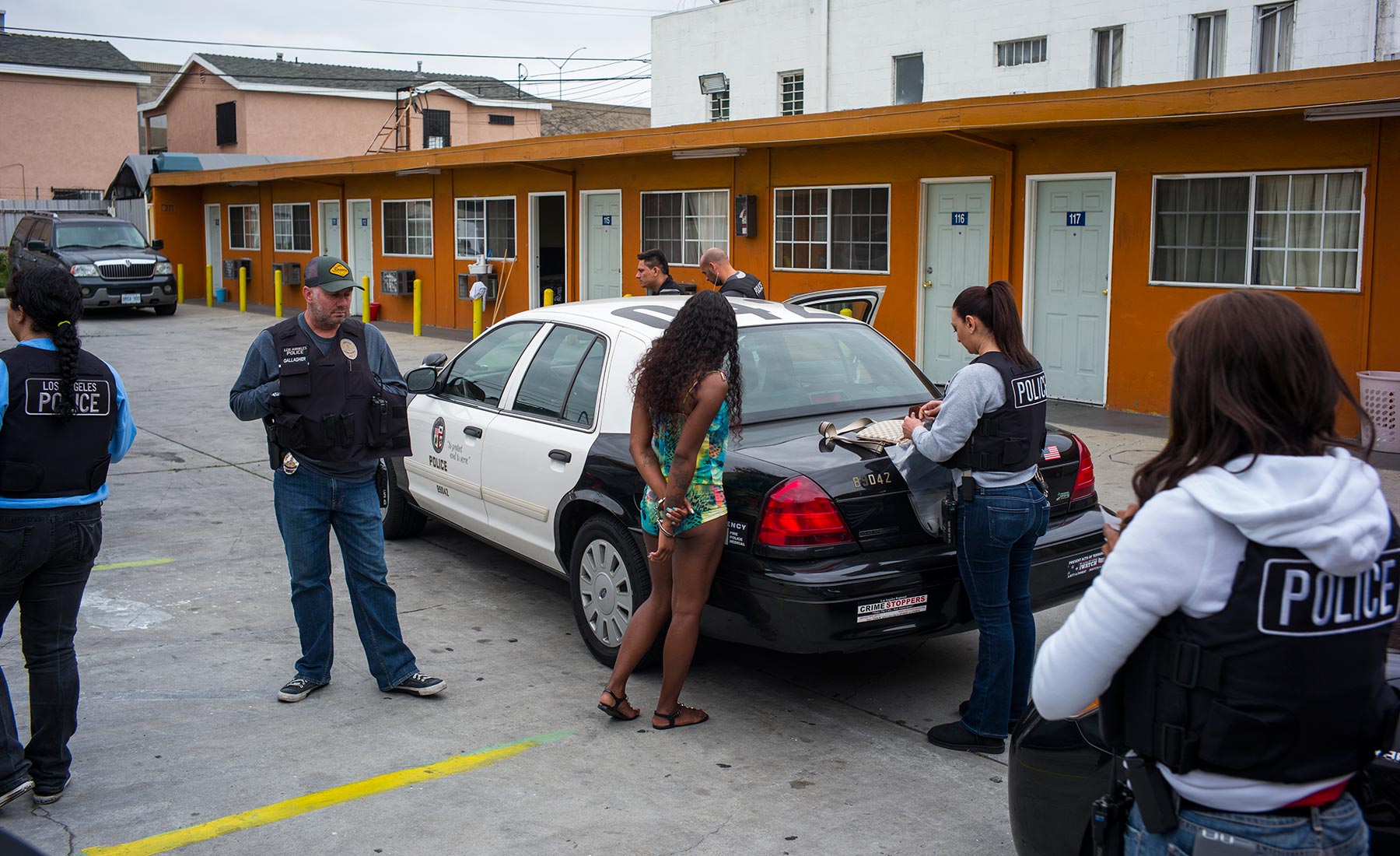
America's pimps: Trafficking in young lives
Law enforcement offers explain who pimps prey on and how they operate
Series
This is part seven of a seven-part series about sex trafficking.
In pop culture parlance, a pimp is a guy who makes things happen — a hustler who manages to succeed against the odds and lives large, with flashy cars, diamonds and pretty girls.
But that’s not what a pimp is. He’s not a flashy character in a rap song or the hero of an Oscar-nominated movie.
A pimp is a human trafficker.
And when those he exploits fail to meet his expectations, he will rape, beat, burn, choke or kill them.
Because it’s tough to get a pimp on the record, Al Jazeera America interviewed Special Agent Renea Green of the Georgia Bureau of Investigation and Special Agent Evan Nicholas of the FBI’s crimes against children unit in New York to get an idea of who a pimp is and how he operates.
Both said that increasingly, pimps are coming into trafficking from gang backgrounds, most with criminal records. They find pimping girls very lucrative and less risky than running drugs.
“We’ve had traffickers tell us, ‘Hey it’s a lot easier for me to explain why I’ve got this girl sitting in this seat next to me than why I have a kilo of cocaine sitting in the seat next to me,’” said Green.
Besides, finding a girl to sell is easier than moving contraband.
“It’s easier in a lot of ways than selling drugs and guns, because it’s easy to lose a girl. You can just get another girl,” said Nicholas.
Plus, he said, pimps make a lot of quick money.
A mask-wearing anonymous New York–based pimp, identified as Hef, told National Geographic that the goal for each girl was to make “a stack a day,” or $1,000.
“You got five [girls] making a stack a day, that’s $5,000 a day,” he said. “You work maybe six days a week, take a day off to chill. Five times six: 30. Thirty times four weeks is a $120,000 a month. That’s what you want.”
Being forced to have sex with at least 10 men each day, depending on the rate set by the pimp, takes a severe toll on most girls. In order to keep them functioning, Green said, most pimps have some drugs on them, perhaps some Ecstasy or marijuana.
Most want girls to stay away from hard drugs, not out of concern for a girl’s health but “because when the girls get addicted to drugs, they become hard to control,” she said.
”And for pimps, it’s all about control,” she said — down to having his street name tattooed or branded onto a girl, sometimes under a crown as a reminder of who “owns” her.
Hello right rail!
Nicholas said he has had traffickers tell him that they have been pimping since the age of 14, usually because their fathers or even grandfathers were also pimps.
Regardless of how they came into the game, there are essentially two types of pimps. There are the gorilla pimps, guys Nicholas describes as “knuckleheads” who “use force and violence to do their job and to control the girls.”
Then there are the Romeo (or finesse) pimps, guys who try to sweet-talk girls to start with. Green said it could start out with asking the girls to model or maybe to go on a date.
“The two will become boyfriend and girlfriend, and after a while, the trafficker goes to the girl, ‘We’re running out of money … but look, how do you feel about this? My friend has a bar or a club. You can just serve drinks. You don’t have to strip. You don’t have to do anything,’ and so he gets her into that bar,” said Green.
This gets a girl into an environment where she sees other girls making more money for stripping. With her inhibitions lowered, she will do the same, and then, said Green, it’s just a matter of time before sex with customers follows, because girls with low self-esteem will do anything for a pimp, a man they often call Daddy.
And pimps know just where to find such young, vulnerable girls.
“We had had a trafficker tell us he looked for victims, for girls, walking from the local DFAC [Department of Family and Children Services] office,” said Green.
Nicholas said he has seen pimps target foster homes, group homes and children’s service shelters, going as far as sending in girls to recruit others. They even scout places like bus and train stations, looking for runaways.
Most trafficked girls have been victims of sexual abuse or come from dysfunctional households and are looking “for someone to care about them,” said Green.
Christabelle, who was trafficked as a teen and ended up in the D.C. area, was one of those girls. “So many times, a girl will hear, ‘I’ll get you, I’ll feed you, you can live with me, I love you,’ blah, blah, blah, blah, blah. Five months later, you find yourself in a fucking hotel room fucking some other guy ’cause he ‘loves you.’ Doesn’t seem quite right,” she said.
But it’s hard for law enforcement to loosen a pimp’s grip on a girl, because, said Green and Nicholas, they really believe their pimp cares for them.
Green described a case in which a pimp set up a contest among girls, telling them that whoever made him the most money would be taken to Disney World — and the girls were so childlike that this seemed like a genuine show of affection. Even, she said, when it’s the girls who paid for the trip with the stacks they handed over to their pimp.
“For these girls, there’s no getting ahead,” she said. Only the pimp gets ahead — something that girls like Christabelle learn the hard way.
“What happens if the police shows up in that motel room? It’s not the pimp that’s gonna get arrested. It’s probably not even the john that’s going to be arrested. It’s you,” she said.
Still, the girls stay because most pimps are “master manipulators. They are around these girls enough to know which buttons to push,” said Green.
They manage to run a lucrative criminal enterprise across state lines, somehow benefiting from the blind loyalty of the girls they’re exploiting.
And they know how to change with the times. Some cities still have traditional areas where pimps place girls — seldom staying in one place for too long, moving from state to state, chasing big events like major concerts and sports games. Between all the movement and burner phones, those guys can be hard to track.
Some markets, like New York, largely see girls being marketed online and sold in motels or apartments. A glance at the number of girls listed online makes one thing clear: When it comes to fighting pimps, law enforcement is seriously outgunned.
“Could we use more help? Of course,” said Nicholas. “Is it a losing battle? I don’t look at it that way.” He recalled what a prosecutor from Detroit told him. “He said, ‘Every time we arrest a pimp, we prevent hundreds if not thousands of rapes occurring. Recovering just one girl, we’ve just prevented her from being raped how many hundreds of times.’”

